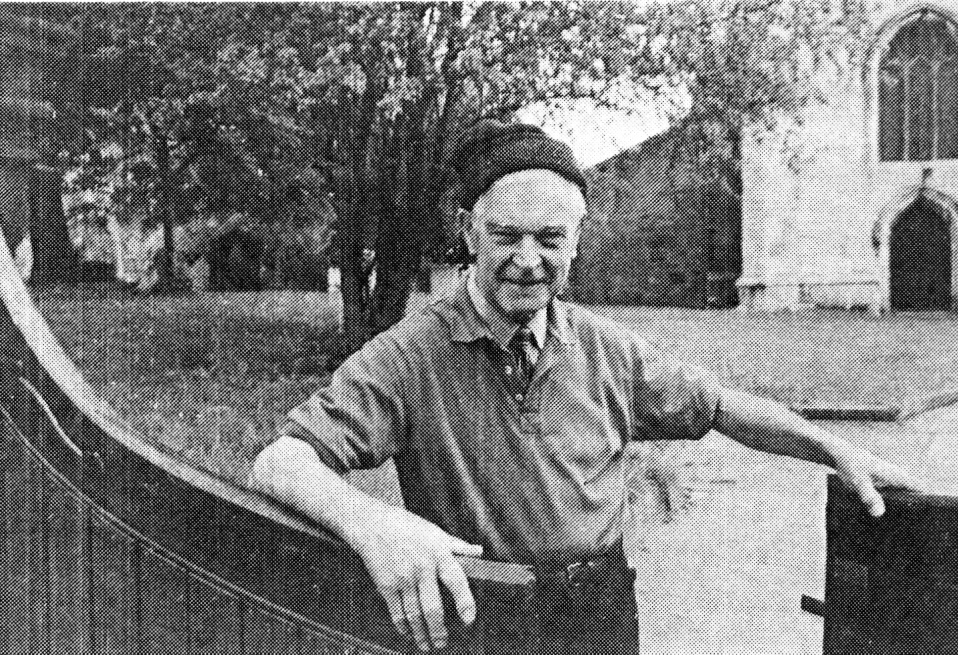 |
"Tony Shinn, the writer of this article, who used the skills
he learned in the wheelwright's shop to repair the church gates" |
 |
"Tony Shinn, the writer of this article, who used the skills
he learned in the wheelwright's shop to repair the church gates" |
TONY SHINN |